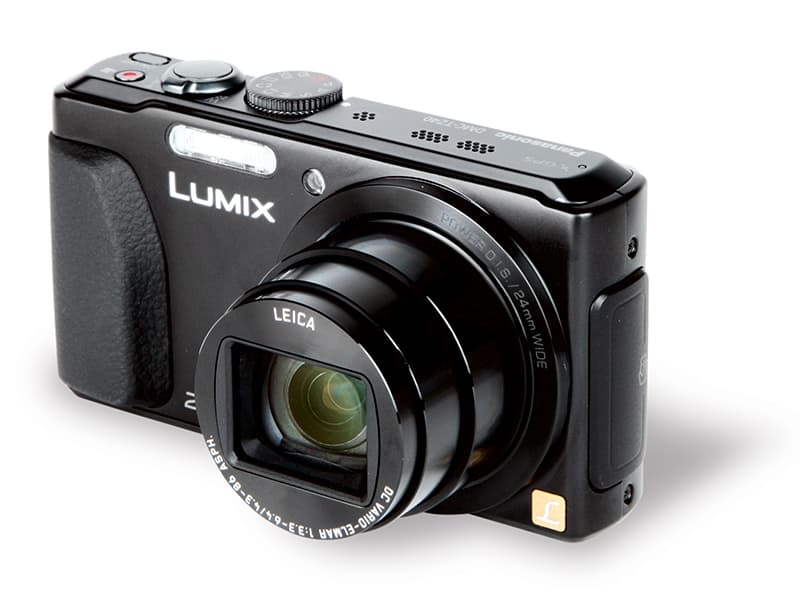Panasonic Lumix DMC-TZ40 review – Performance
In most situations, the TZ40 is a responsive camera. Its start-up time is rapid at around 2secs, and shutter lag is minimal, especially when using the touchscreen. However, there is a short delay after capture while the camera processes the image. In single-frame drive mode, I occasionally missed out on another shot shortly after taking the first because the camera was still processing the data.
For a travel compact, the autofocus set-up is comprehensive and fairly snappy. With a choice of 23-point multi-segment AF, face detection, subject tracking (which works in a high-speed burst) and centre-point and spot AF, the camera caters for most situations.
Certainly in good-contrast light, such as outdoors on a sunny day, the 0.1sec AF response seems to be a reasonable claim. An assist light is a great help to the AF speed in low-contrast light where the response slows down.
For a high-speed action sequence, subject tracking does a reasonable job of keeping up with the subject. The touchscreen works particularly well for spot AF (as it does for spot metering). A touch of the screen provides a very quick method to ensure a static subject is correctly metered and focused for.

Image: Touch spot metering gives a better, but not perfect exposure outside the tunnel, but brightening the exposure by +3EV reveals plenty of detail in shadow areas
The camera records still images in JPEG format only, so getting the right exposure in-camera is important. To a degree, exposures produced by the iAuto shooting mode are good, although taking manual control over the exposure is advisable for those who are particularly fussy.
When using AWB or iAuto, colours are on the whole a little cool, apart from during bright sunny conditions when the setting is accurate. The TZ40 can be fooled into an inaccurate colour rendition with scenes lit by tungsten and fluorescent light, or when a scene has a single dominant colour, such as green in a landscape.
Three custom white balance readings can be stored, which is a better option for such situations, while the overall vibrance is perfectly acceptable in the standard colour mode.
Image: Fluorescent lighting has tricked AWB into a cool colour cast, but the custom reading has brought back the correct colour temperature
The TZ40’s increased resolution has improved its ability to resolve detail at ISO 100, which is up to the 23 marker on our resolution charts. However, maintaining this performance in dull conditions using higher ISO settings is more testing given the sensor’s higher pixel density.
Beyond ISO 100, the TZ40 matches its predecessor’s performance, despite having more pixels. This means that the quality and sharpness of detail are still average rather than class-leading.
It is unsurprising that a compact camera such as the TZ40 has a more limited dynamic range than a current DSLR, with highlight clipping in the compact a notable example. As such, I often employed the HDR mode, which is hidden away in the scene mode menu.
Given the popularity of this shooting mode and the genuine positive effect it has on single-frame capture, a quicker way to access it would have been appreciated.

Image: Shooting towards the sun, HDR adds some welcome detail to this scene in highlight and shadow areas







